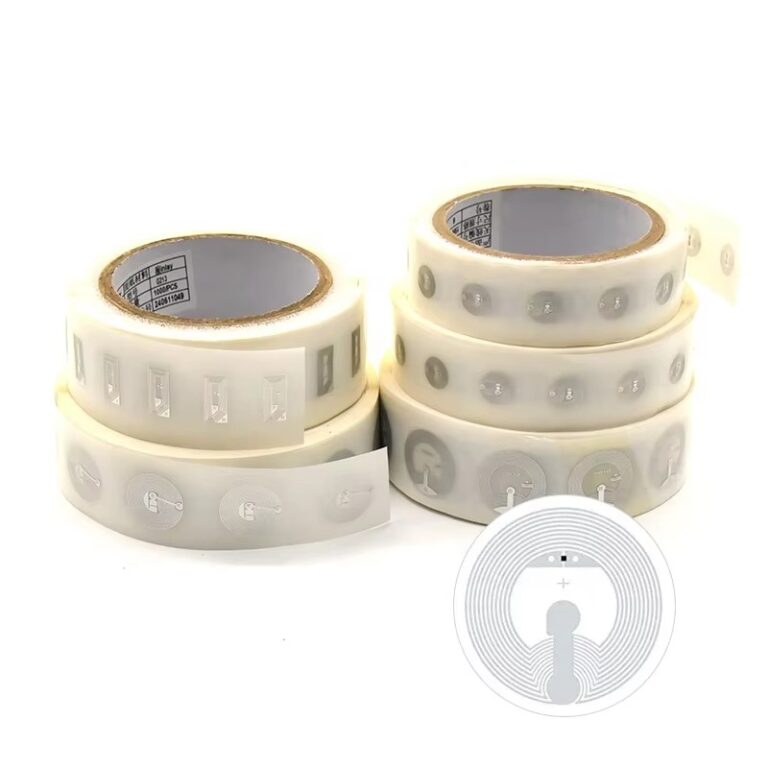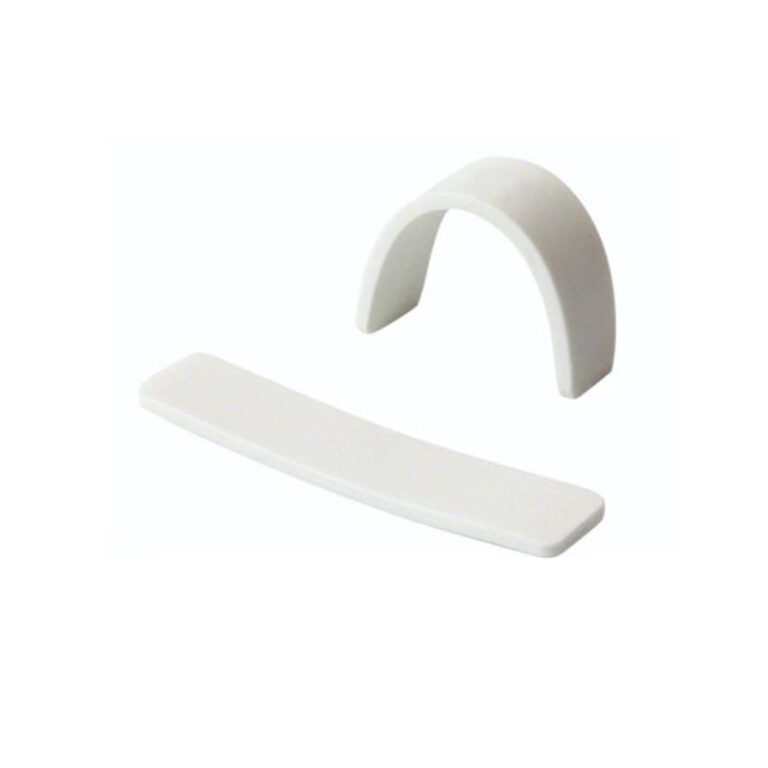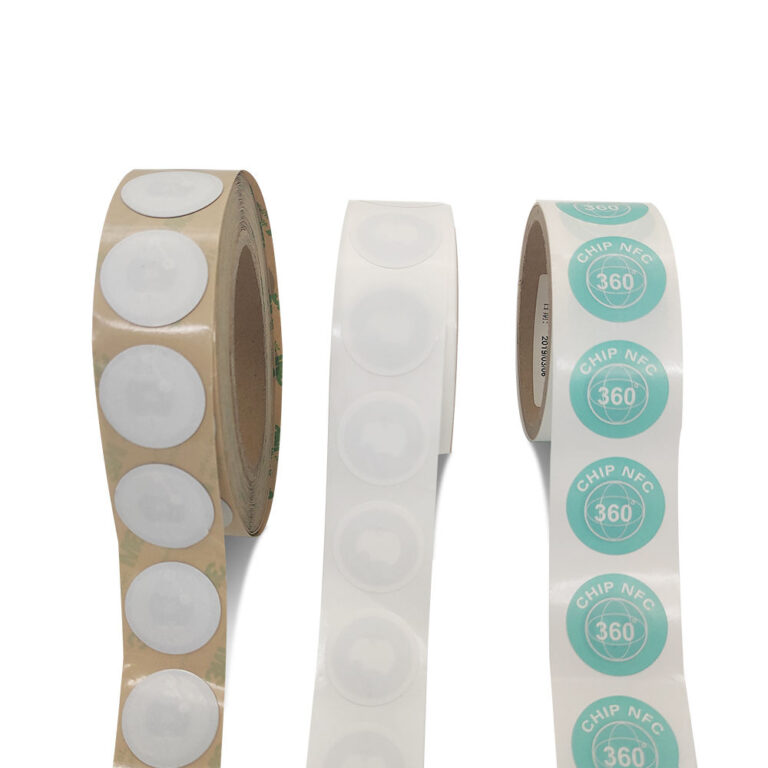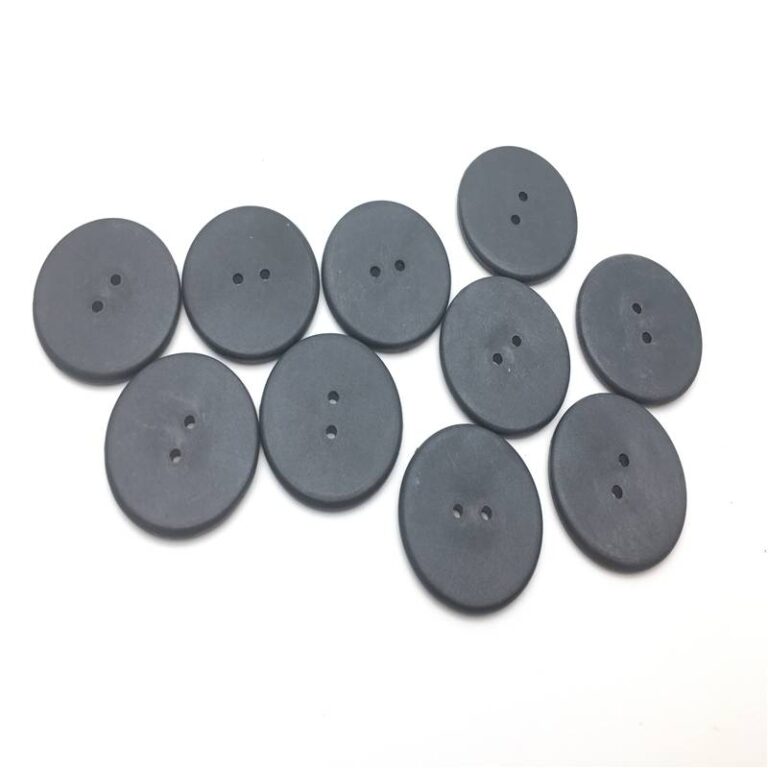RFID Clothing Tags: Does Your Business Need Them?
The fashion industry is a fast-paced, dynamic ecosystem where efficiency and accuracy are paramount. From sourcing and production to retail and customer experience, every stage demands optimal management. In this competitive landscape, businesses are constantly seeking innovative solutions to streamline operations, optimize inventory, and elevate the customer experience. One technology that has emerged as a game-changer is Radio Frequency Identification (RFID).
RFID tags, small, passive microchips embedded within clothing, communicate wirelessly with readers to transmit data. This technology has the potential to revolutionize the apparel industry, offering a wealth of benefits that can significantly impact every aspect of the business.
Unveiling the Power of RFID: A Deep Dive into its Capabilities
RFID technology has rapidly gained traction in the apparel industry, with many brands and retailers embracing its transformative potential. But what exactly are RFID clothing tags, and how can they benefit your business?
1. Enhancing Inventory Management: Achieving Precision and Real-Time Visibility
One of the most significant advantages of RFID clothing tags lies in their ability to revolutionize inventory management. By attaching tags to each garment, businesses gain unprecedented visibility into their stock, enabling them to:
- Real-Time Inventory Tracking: RFID readers can quickly and accurately identify and track individual garments as they move throughout the supply chain, from the manufacturing floor to the retail store and ultimately to the customer. This eliminates manual counting and provides real-time data on stock levels, ensuring that businesses always have a precise understanding of their inventory.
- Automated Stock Counts: RFID systems automate the process of taking stock counts, eliminating the need for manual audits that can be time-consuming and prone to errors. This allows for faster and more accurate stock updates, ensuring that businesses can respond quickly to changes in demand and optimize their inventory levels.
- Early Warning System for Stockouts and Overstock: RFID data provides insights into stock levels, allowing businesses to proactively identify and address potential stockouts or overstock situations before they impact sales or customer satisfaction. This prevents lost sales due to out-of-stock items and reduces the risk of inventory obsolescence.
- Faster and More Efficient Order Fulfillment: RFID technology facilitates faster and more efficient order fulfillment processes. By automating the identification and tracking of garments, businesses can quickly and accurately locate the required items for orders, minimizing picking errors and reducing processing times.
2. Streamlining Supply Chain Management: Optimizing Efficiency and Visibility
RFID tags play a crucial role in optimizing supply chain management, enabling businesses to:
- Improved Traceability: RFID tags provide a detailed record of every stage of the garment’s journey, from its origin at the manufacturing facility to its final destination in the customer’s wardrobe. This enhanced traceability allows businesses to monitor the movement of goods throughout the supply chain, ensuring transparency and accountability.
- Faster and More Accurate Shipping and Receiving: RFID readers can quickly and accurately identify and track shipments of garments, providing real-time updates on their location and status. This streamlines the shipping and receiving process, reducing delays and ensuring that goods arrive on time and in the correct quantities.
- Reduced Lost or Damaged Goods: RFID tags enable businesses to track the location and condition of garments during shipping and handling. By identifying potential damage or loss during transit, businesses can take corrective measures to mitigate risk and minimize losses.
3. Elevating Customer Experience: Personalization and Seamless Shopping
RFID clothing tags offer a powerful tool to enhance the customer experience, providing a more personalized and efficient shopping journey:
- Smart Dressing Rooms: RFID-enabled dressing rooms can allow customers to interact with digital displays that provide information on the garment they are trying on, such as size and color options, product reviews, and styling suggestions. This personalized shopping experience can empower customers to make informed purchasing decisions.
- Self-Checkout Kiosks: RFID technology enables seamless self-checkout experiences, allowing customers to scan and pay for their items quickly and effortlessly. This eliminates long queues at traditional checkout lines and provides a more convenient and efficient shopping experience.
- Stock Availability Alerts: RFID systems can provide real-time updates on stock availability, ensuring that customers can easily locate the items they need, regardless of location within the store. This eliminates the frustration of searching for items that are out of stock and enhances customer satisfaction.
4. Combating Counterfeiting and Theft: Ensuring Authenticity and Security
RFID tags offer a powerful solution to the growing problem of counterfeiting and theft in the apparel industry. By embedding unique identifiers in each tag, businesses can:
- Authenticity Verification: RFID tags can be used to authenticate genuine products, preventing the sale of counterfeit goods and protecting the brand’s reputation. By providing a reliable means to verify the authenticity of garments, businesses can ensure that customers are receiving genuine products.
- Loss Prevention: RFID tags can be used to track the movement of garments within a retail store, identifying any unauthorized removal or attempts at theft. This enhanced security can significantly reduce shoplifting and shrink rates, protecting the retailer’s bottom line.
5. Enhancing Sustainability and Waste Reduction: Optimizing Resources and Efficiency
In today’s increasingly environmentally conscious world, sustainability is a key concern for businesses in all sectors, including apparel. RFID technology can play a vital role in promoting sustainable practices within the fashion industry:
- Precise Inventory Management: RFID tags allow for precise inventory management, reducing the need to overstock or understock items. This minimizes waste by preventing the production of excess inventory that may never be sold, leading to significant cost savings and environmental benefits.
- Efficient Stock Rotation: RFID tags enable businesses to track the age of inventory and prioritize the sale of older items, minimizing the risk of waste due to expired or obsolete merchandise. This ensures that goods are sold before their expiration dates, reducing waste and maximizing resource utilization.
- Sustainable Supply Chain Management: RFID technology can enhance the transparency and efficiency of supply chain management, allowing businesses to track the movement of goods throughout their journey, from production to distribution and retail. This can help identify areas for improvement in terms of transportation and logistics, reducing the carbon footprint of the supply chain.
Weighing the Benefits: When Does RFID Make Sense for Your Business?
While RFID offers a compelling set of benefits for the apparel industry, it is essential to assess if this technology aligns with your business needs and goals. Consider these key factors when evaluating the viability of RFID clothing tags:
- Inventory Size and Complexity: RFID is particularly beneficial for businesses with large and complex inventory, where manual tracking methods become impractical and prone to errors. If you have a significant number of SKUs, numerous styles, and a fast-paced inventory turnover, RFID can help optimize management and reduce losses.
- Value of Inventory: The higher the value of your inventory, the greater the potential return on investment (ROI) from RFID. For luxury brands or businesses with high-priced garments, preventing loss or damage becomes a critical priority, and RFID technology can offer a valuable solution.
- Security and Loss Prevention: If your business faces significant challenges with shoplifting or internal theft, RFID can provide a valuable security solution. The ability to track the movement of garments within your store and identify any unauthorized removal can significantly reduce loss rates.
- Customer Experience: If you prioritize enhancing the customer experience and providing personalized services, RFID can be a valuable tool. By enabling smarter dressing rooms, self-checkout options, and real-time stock availability information, you can create a more seamless and enjoyable shopping journey for your customers.
- Sustainability and Waste Reduction: If your business is committed to sustainability and reducing its environmental impact, RFID can help you optimize resource utilization and reduce waste. By enabling precise inventory management and efficient stock rotation, you can minimize excess production and prevent goods from going unsold.
The Financial Considerations: Weighing the Costs and Benefits
Implementing RFID technology involves upfront costs for tags, readers, software, and integration with existing systems. However, the long-term benefits of RFID can significantly outweigh these initial expenses. Consider these key factors:
- Cost of RFID Tags: The cost of RFID tags varies based on factors such as technology (UHF, HF, etc.), read range, and durability. However, tag prices have steadily declined in recent years, making RFID more accessible to businesses of all sizes.
- Cost of RFID Readers: The cost of RFID readers depends on their functionality and read range. Fixed readers for stationary locations are typically more affordable than handheld readers that offer greater flexibility.
- Software Costs: Integrating RFID data with your existing inventory management systems may involve software development or licensing costs.
- ROI Analysis: Conduct a thorough ROI analysis to evaluate the potential cost savings and revenue gains from implementing RFID. Factor in the reduction of shrinkage, increased efficiency, and improved customer satisfaction.
Implementing RFID Successfully: A Practical Guide for Apparel Businesses
Implementing RFID technology in your apparel business requires careful planning and execution to ensure a successful rollout. Consider these steps:
1. Define Your Objectives: Clearly identify the specific challenges and opportunities you want to address with RFID technology. What are your key priorities: inventory accuracy, loss prevention, customer experience enhancement, or sustainability?
2. Select the Right RFID Tags: Choose the appropriate RFID tags for your specific needs, considering factors such as read range, durability, and cost. Consider the type of garments you carry and the environment in which they will be used.
3. Choose an RFID Reader: Select an RFID reader that is compatible with your chosen tags and capable of meeting your data collection and communication requirements. Assess the read range required for your application, whether you need fixed or handheld readers, and the integration capabilities with your existing systems.
4. Develop an Implementation Plan: Plan the deployment of RFID tags and readers, ensuring seamless integration with your existing systems and processes. Consider the location of readers, the tagging process, and the training needs of your staff.
5. Train Your Staff: Provide adequate training to your employees on how to use RFID technology, ensuring they understand the benefits and procedures for tagging, reading, and managing data.
6. Monitor and Evaluate: Continuously monitor the performance of your RFID system and collect data to identify areas for improvement. Track key metrics such as inventory accuracy, shrinkage rates, and customer satisfaction to measure the impact of RFID technology.
7. Embrace Technological Advancements: The field of RFID technology is constantly evolving. Stay abreast of new developments and innovations to optimize your system and maximize the benefits of RFID.
Looking Ahead: The Future of RFID in the Apparel Industry
The future of RFID in the apparel industry is bright, with exciting advancements and applications on the horizon.
- Integration with IoT and AI: RFID is increasingly being integrated with other technologies like the Internet of Things (IoT) and Artificial Intelligence (AI). This integration enables even greater data insights, predictive analytics, and automated decision-making, further enhancing supply chain optimization and customer experience.
- Improved Tag Functionality: RFID tag technology is continuously evolving, offering improved read ranges, smaller sizes, and greater durability. These advancements enable more efficient and accurate data capture in challenging environments, making RFID even more versatile and valuable for businesses.
- Focus on Sustainability: As sustainability becomes a central focus for the fashion industry, RFID can play a critical role in promoting environmental responsibility. By optimizing resource utilization and reducing waste through accurate inventory management and efficient stock rotation, RFID can contribute to a more sustainable fashion landscape.
- Personalized Customer Experiences: RFID technology empowers businesses to create personalized shopping experiences, providing customers with tailored recommendations and information based on their preferences and past purchases. This data-driven approach can enhance customer engagement, loyalty, and satisfaction.
Conclusion: Embracing RFID for a More Efficient and Sustainable Future
RFID technology is not just a trend; it’s a transformative force in the apparel industry, enabling businesses to streamline operations, improve efficiency, and enhance the customer experience. By embracing this powerful tool, businesses can unlock a wealth of opportunities, optimize their operations, and position themselves for success in a competitive and ever-evolving marketplace.
As the fashion industry continues to evolve, RFID technology will continue to play a crucial role in shaping its future. By embracing RFID, businesses can unlock a world of possibilities, paving the way for a more efficient, sustainable, and customer-centric future in the world of apparel.







